Single-cell analysis reveals T cell infiltration in old neurogenic niches
- PMID: 31270459
- PMCID: PMC7111535
- DOI: 10.1038/s41586-019-1362-5
Single-cell analysis reveals T cell infiltration in old neurogenic niches
Abstract
The mammalian brain contains neurogenic niches that comprise neural stem cells and other cell types. Neurogenic niches become less functional with age, but how they change during ageing remains unclear. Here we perform single-cell RNA sequencing of young and old neurogenic niches in mice. The analysis of 14,685 single-cell transcriptomes reveals a decrease in activated neural stem cells, changes in endothelial cells and microglia, and an infiltration of T cells in old neurogenic niches. T cells in old brains are clonally expanded and are generally distinct from those in old blood, which suggests that they may experience specific antigens. T cells in old brains also express interferon-γ, and the subset of neural stem cells that has a high interferon response shows decreased proliferation in vivo. We find that T cells can inhibit the proliferation of neural stem cells in co-cultures and in vivo, in part by secreting interferon-γ. Our study reveals an interaction between T cells and neural stem cells in old brains, opening potential avenues through which to counteract age-related decline in brain function.
Figures
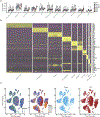
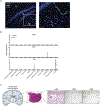
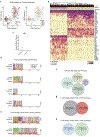
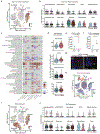
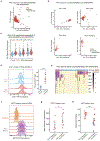

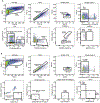

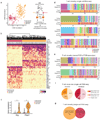


Comment in
-
Infiltration of old brains by T cells causes dysfunction of neural stem cells.Nature. 2019 Jul;571(7764):178-179. doi: 10.1038/d41586-019-01832-0. Nature. 2019. PMID: 31285600 No abstract available.
-
Old T Cells Interfer(on) with Neurogenesis.Trends Immunol. 2019 Sep;40(9):783-785. doi: 10.1016/j.it.2019.07.007. Epub 2019 Aug 15. Trends Immunol. 2019. PMID: 31422900
References
MeSH terms
Substances
Grants and funding
LinkOut - more resources
Full Text Sources
Other Literature Sources
Medical

